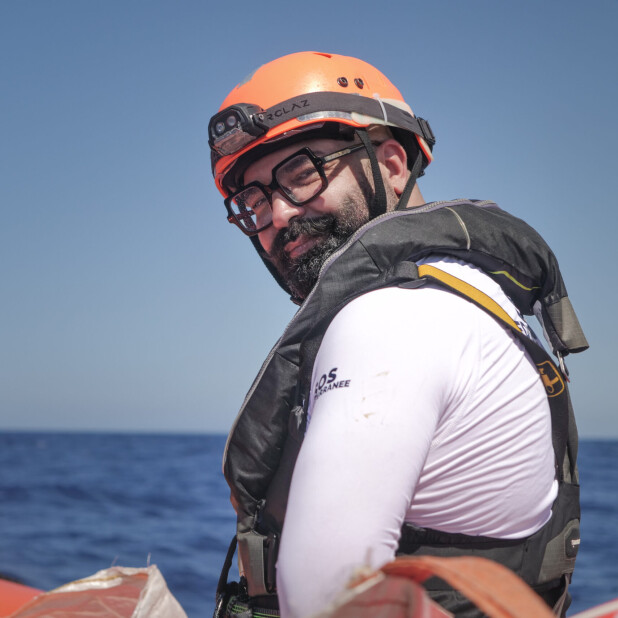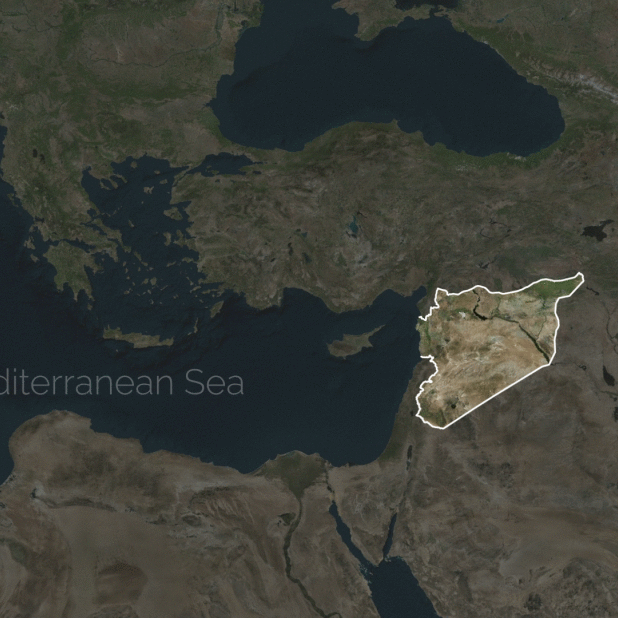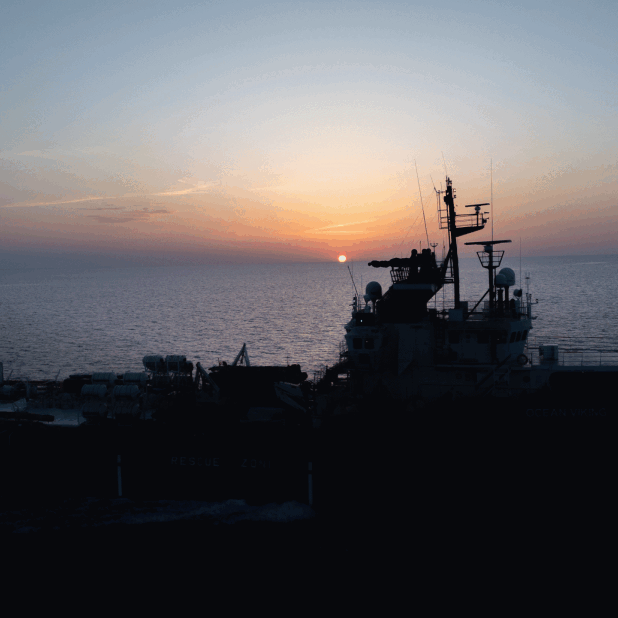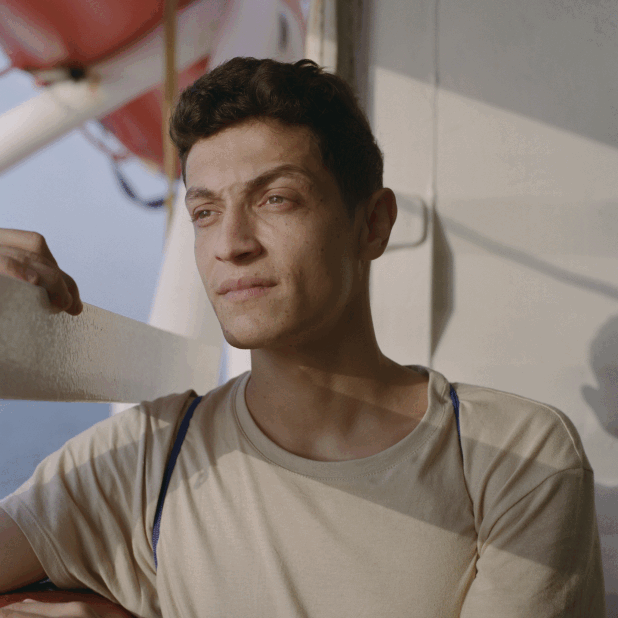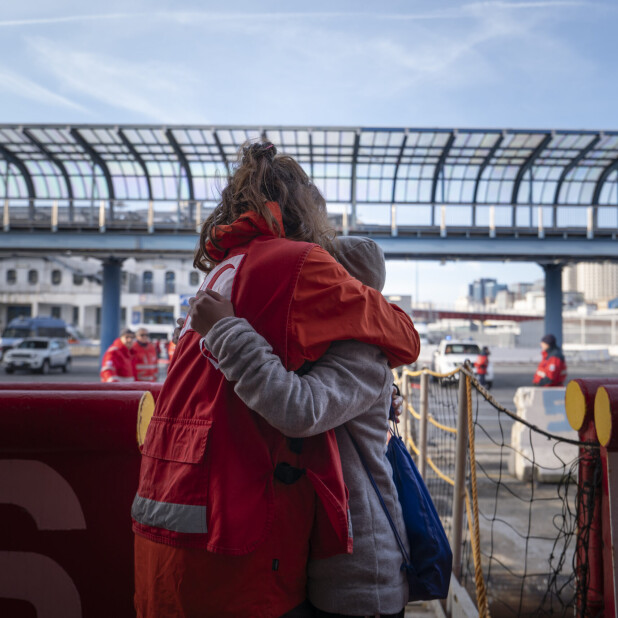
Justine first joined the SOS MEDITERRANEE Search and Rescue team in April 2021. Back on the Ocean Viking in September, Justine shares her experience in her journal.
Entry #1
September, 16th. For more than a week now, trainings have formed the pattern of our daily schedule. We practise our manoeuvres and repeat the same gestures over and over again, adapting them to the different realities of distress at sea. Day and night trainings. Trainings on deck and at sea.
Inwardly, I hope that these gestures – my gestures – repeated so many times, will come back naturally when adrenaline kicks in during rescues to be able to face the specificities and urgency of the different situations. On board the rescue RHIB, each of these gestures takes on another dimension. Using a stretcher means optimising the available deck space. Performing cardiopulmonary resuscitations means negotiating with swell and speed. Throwing lifebuoys to people who have fallen in the water means analysing the direction of the wind and current. Towing a 16m long buoyancy device at full speed means contracting our muscles to keep the weight off. Practise. Until “ready for rescue” rings out for real through our UHF radios.
As the summer weather is favourable to departures, we know that once in the Libyan Search and Rescue Region, our watchkeeping will be maximal and continuous. The Bridge watches will be set up. We will take turns from 6am to 10pm scanning the horizon with binoculars looking out for potential boats in distress. There are still a few hundred miles to go before we reach the Search and Rescue Region. Only a few more hours left to perfect the mechanics and get plenty of sleep.
Throughout this waiting time, I am telling myself that we are sailing in a strange paradox that spreads from one shore of the Mediterranean to the other. On the one hand, the Ocean Viking is Patrolling within the legality of international maritime law, with a simple aim: to assist any person in distress, whatever their nationality or reason for departure. On the other hand, men, women and children may be getting crammed into an unseaworthy boat on their way to a very likely shipwreck.
Sometimes – no, to be honest, often actually – I imagine them leaving the Libyan coast at nightfall. Some discovering the sea for the first time, a strange encounter; others refusing to board or elbowing their way to sit next to a loved one. Some, perhaps, clinging to those inner tubes sold as life belts, but are by no means lifesaving. We, the search and rescue team, medical staff and journalists, will patrol an area of thousands of square kilometres, which has been largely ignored by the Maritime Rescue Coordination Centres.
We know about the likely existence of these unseaworthy boats in the vastness of the Mediterranean Sea. However, we have no guarantee that we will come across them. These flimsy boats, as hypothetical as they are real, we hope to spot them before it is too late. They will take to the sea or be caught there. The emergency is there, with or without us. In the central Mediterranean, despair does not wait for humanitarians to be around to push people to the sea.

Photo credit: Giannis SKENDEROGLOU, Flavio GASPERINI / SOS MEDITERRANEE

